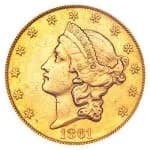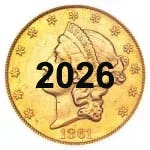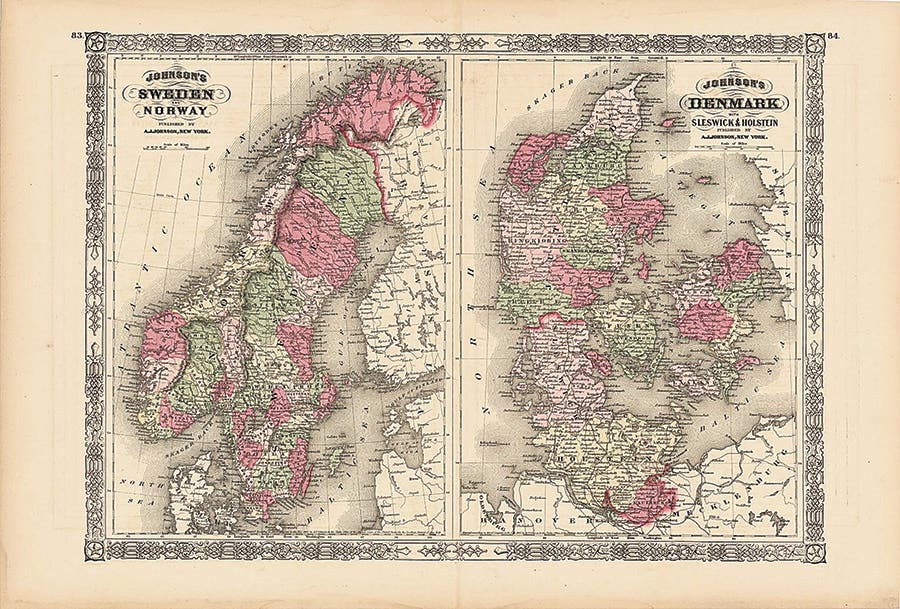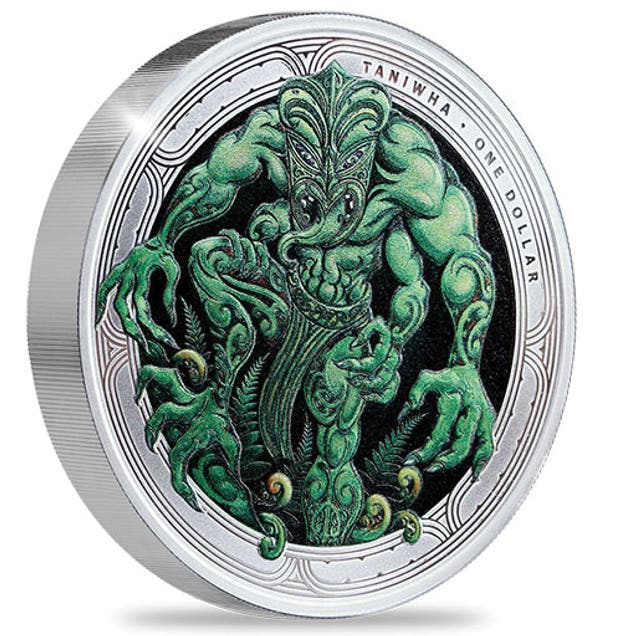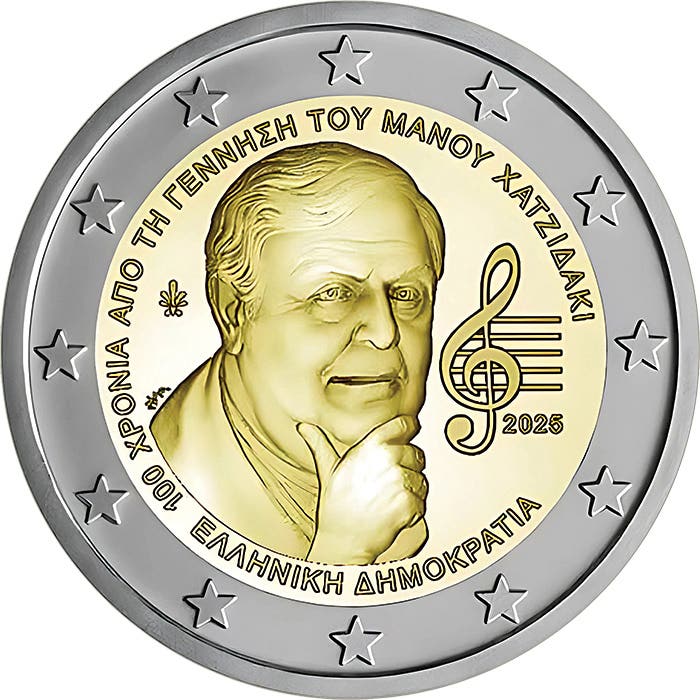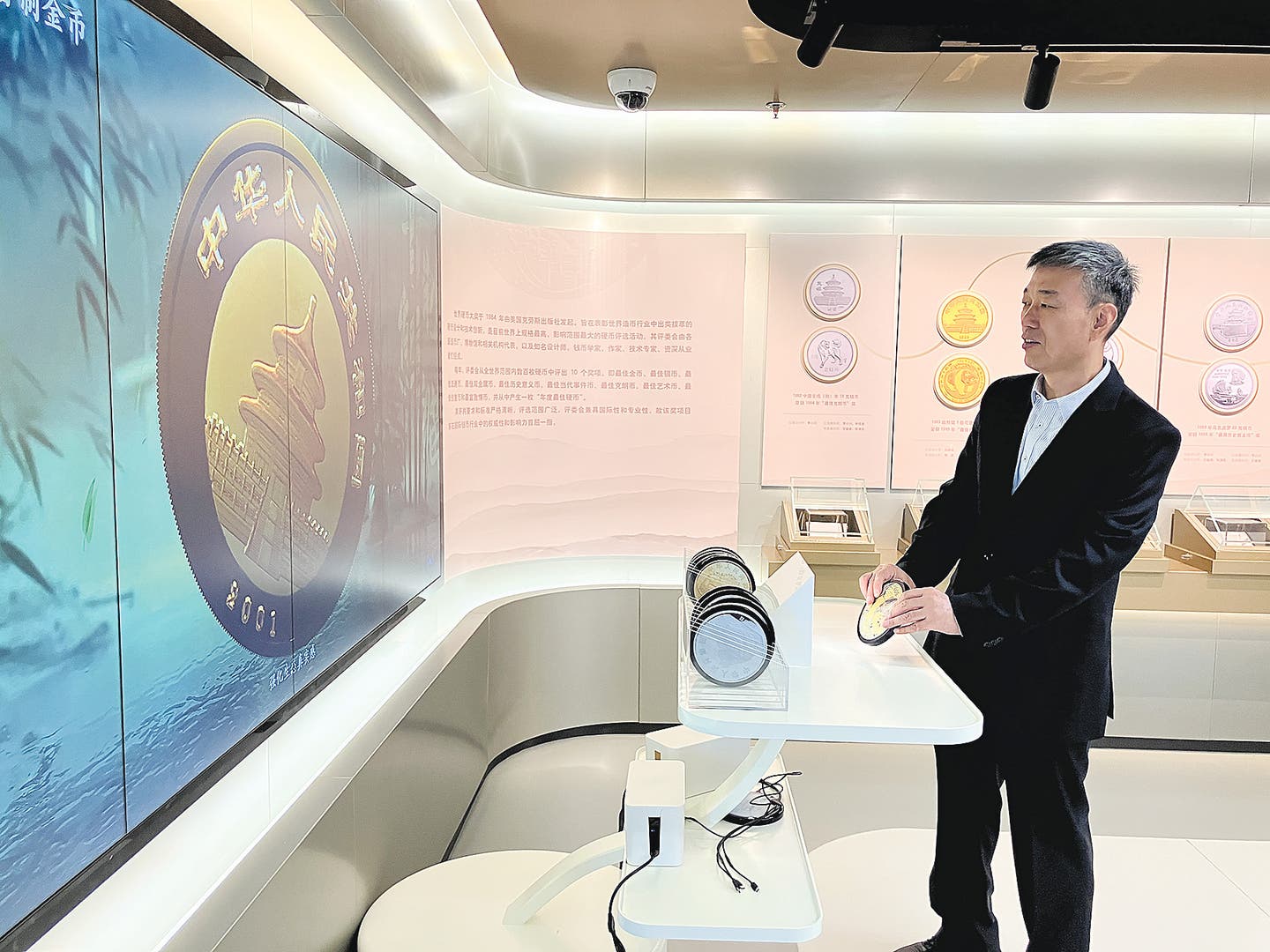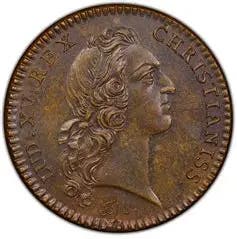More Countries Guard Cultural Patrimony
The hunt for illicitly obtained coins deemed to be the cultural patrimony of another country is intensifying. From a law and order perspective this is a good thing. From a…
The hunt for illicitly obtained coins deemed to be the cultural patrimony of another country is intensifying. From a law and order perspective this is a good thing. From a legal perspective who gets to decide what coins are sufficiently important to be labeled as cultural patrimony by a country, and who gives that country the right to demand such patrimony be theirs to claim is in question.
On March 18, U.S. Customs and Border Protection announced new import restrictions on what CBP described as ‘Albanian coins’ as part of a laundry list of import restrictions on anything and everything that may be found in what is today Albania originating from between 300,000 B.C. and 1913. Albania became an independent nation in 1913, having previously been part of the Ottoman Empire.
According to 87 FR 15079-15084 dated March 17, “This category includes coins of Illyrian, Greek, Macedonian, Roman provincial, Byzantine, Medieval, and Ottoman types that circulated primarily in Albania, ranging in date from approximately the 6th century B.C. to A.D. 1750. Coins were made in copper, bronze, silver, and gold. Examples are generally round, have writing, and show imagery of animals, buildings, symbols, or royal or imperial figures.”
Operation Pandora VI was a June to September 2021 28-country sweep that netted the Interpol, Europol and the World Customs Organization international crime fighting organizations more than 9,000 cultural goods and arrested 52 individuals. According to a statement to the press, the seizure involved stolen statuettes, musical instruments, archaeological finds, pieces of pottery, paintings, furniture “and more.”
The recent sweep included the recovery of a “trove” of ancient Roman gold coins in Spain. Spanish police acknowledged the coins were discovered “at a well-known auction house in Madrid, and later identified which archaeological site the coins had been looted from.” An inventory of the coins was not available at the time this article was being written, but it has been suggested the coins were worth about 500,000 euros or about $550,000 U.S. on the black market.
United States Customs and Border Protection agents recently seized 13 ancient Mexican artifacts dating to the Aztec period that included one skull and two adzes or chopping axes. USCBP wasn’t clear if the axes were truly “chopping” or if they were odd and curious axe money.
As a March 18 InsideHook.com posting put it, “When you think of trafficking, the first things that come to mind are — most likely — drugs, followed by wild animals. But there’s also a significant illicit trade in what Interpol has dubbed ‘cultural goods’— and, as one might expect, there’s also a significant effort from law enforcement to put a stop to this.”
Operation Pandora or other law enforcement efforts can be a good thing, but they enforce laws and Memorandum of Understanding, no matter if these are laws and MoU that are good for the masses or are only good for government and special interest groups.
In a recent Cultural Property News article Washington attorney Peter Tompa wrote, “Increasingly, however, that great find at a local market or on the Internet may turn into a big headache when imported into the United States – if you run afoul of obscure regulations few purchasers of cultural goods know anything about.”
Tompa’s law practice focuses on small businesses, auction houses, trade associations, advocacy groups, collectors, and museums on issues relating to international trade in cultural goods. Tompa has served as executive director of the Ancient Coin Collectors Guild.
As Tompa explained, “MOUs authorize Homeland Security to seize types of items on extensive ‘designated lists’ found in federal regulations and return them to their country of origin.” The noose defining these designated lists appears to be tightening, as can be seen through the understandings regarding what is Albanian.
According to Tompa, “MOUs were originally conceived as a way to help poor countries protect their cultural heritage from the depredations of looters. Initially, MOUs were granted to poor, third world countries, and import restrictions were only imposed on narrow ranges of archaeological and ethnological artifacts. However, like other good ideas emanating from Washington, D.C., mission creep has repurposed and vastly expanded the program. What started as a focused effort to protect archaeological sites and important artifacts abroad has morphed into a comprehensive program to repatriate most everything and anything made in a given country from prehistory to the early 20th century.”
Tompa continues, “After four decades, MOUs or emergency import restrictions are in place with 24 nations, including wealthy European Union members like Italy and superpowers like China. They impact an ever-wider range of cultural goods, including items like historical coins that circulated regionally and internationally as items of commerce in the past and are widely collected today. As a result, the US has effectively become the World’s culture cop.”
Tompa warns, “MOUs and associated import restrictions allow foreign governments to ‘claw back’ artifacts imported into the US, including from legitimate markets abroad, because they lack sufficient documentation to take advantage of safe harbor provisions for legal import.”
“If you are visiting a foreign country,” Tompa explains, “strive to know before you go. Do some research about export and import controls. Don’t simply assume that items sold openly may be exported and imported legally.”
He continues, “Although it is not foolproof, buy only from recognized dealers, particularly those who are members of trade associations which stand behind their sales,” continuing, “Keep it from becoming a bureaucratic nightmare; it makes good sense to research not only prices, condition, and authenticity but export and import issues as well..”
Collectors may want to view the Ancient Coin Collectors Guild web site for updates on import restrictions rather than wait until more countries like Albania change what they deem to be their exclusive cultural patrimony.

